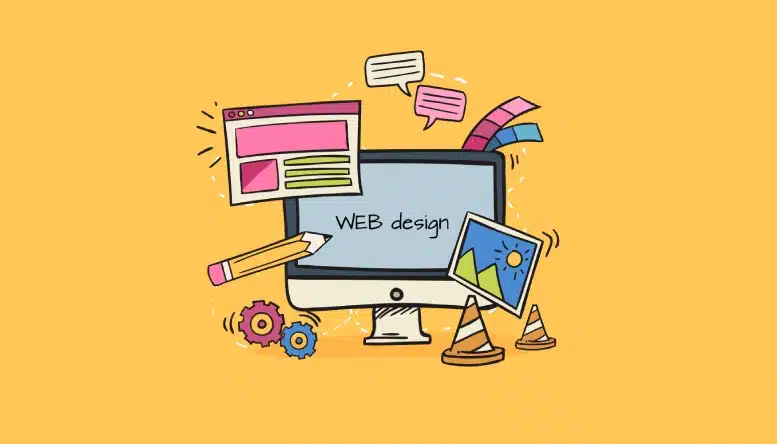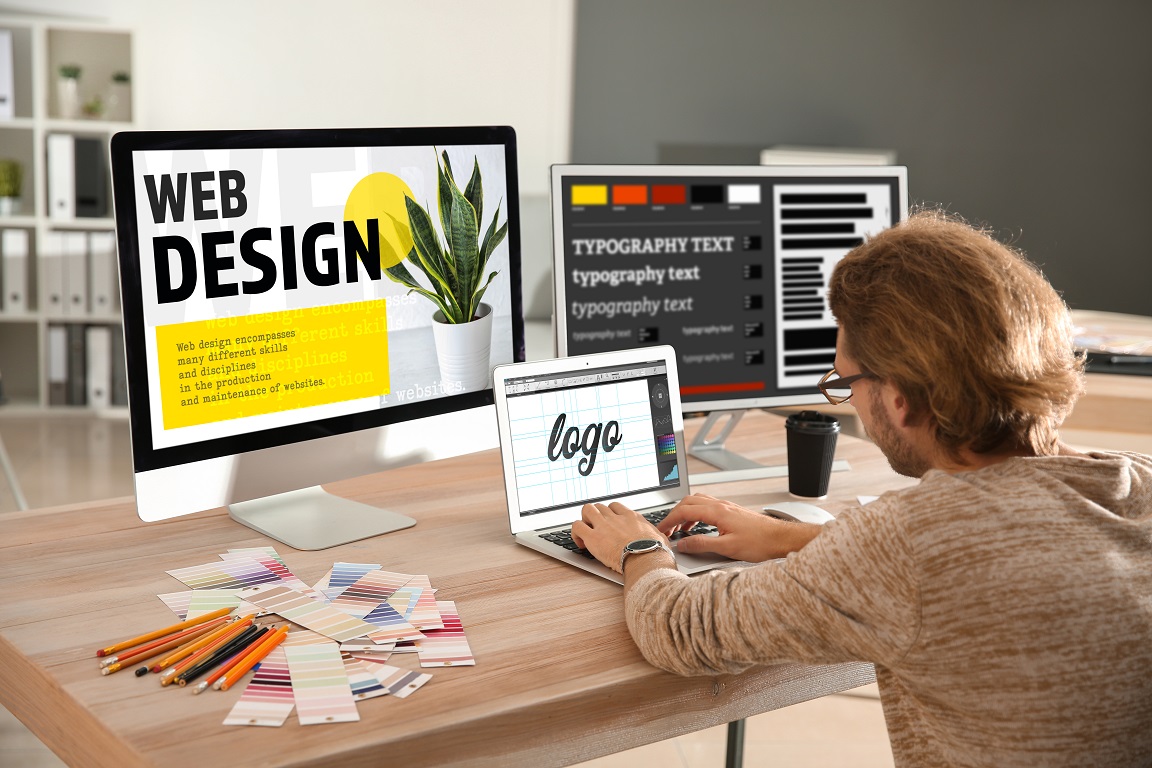The Very Best Kinds Of Web Style to Improve User Experience and Involvement
In the ever-evolving landscape of electronic interaction, the effectiveness of Web style considerably impacts individual experience and interaction. Numerous layout methods, such as minimalist, receptive, and interactive layouts, each deal special advantages that can provide to varied user requirements. Comprehending which sorts of website design finest offer these goals can be crucial for services aiming to improve customer complete satisfaction and retention. The inquiry continues to be: which style elements really resonate with individuals and foster meaningful engagement? The expedition of these principles reveals essential insights that might redefine your strategy to Web style.
Minimal Website Design
As electronic landscapes come to be increasingly cluttered, minimalist website design has actually emerged as an effective method to improving individual experience. This style viewpoint focuses on simpleness, concentrating on essential elements while eliminating unnecessary distractions. By utilizing enough white area, simple navigating, and a limited shade combination, minimal style fosters clearness and directs customer attention to vital material.
The core principle of minimal Web layout is to develop a smooth interaction for individuals. By decreasing cognitive lots, individuals can quickly grasp details without really feeling bewildered. This straight method not just improves use however additionally encourages involvement, as visitors are extra likely to discover a site that is simple and aesthetically attractive to browse.
Furthermore, minimal design commonly stresses typography and images, using these components tactically to communicate messages efficiently. In significance, minimal Web design is not just a pattern; it is a thoughtful technique that recognizes the relevance of user-centered layout.
Responsive Web Style
In today's diverse digital environment, responsive website design has become crucial for creating a seamless user experience throughout a wide range of devices. As customers access internet sites on smartphones, tablet computers, desktops, and laptop computers, the ability of an internet site to adapt its design and web content to various display dimensions and resolutions is critical.
Receptive website design employs adaptable grids, photos, and CSS media queries to make certain that Web material is offered optimally, despite the gadget utilized. This technique not just boosts the aesthetic allure of a web site yet also dramatically boosts functionality. Individuals are more probable to engage with a website that supplies a consistent experience, as it removes the stress of needing to zoom in or scroll exceedingly.
Furthermore, search engines, consisting of Google, focus on mobile-friendly sites in search positions. By embracing responsive design, companies can improve their visibility and get to a wider target market. This strategy also streamlines web site maintenance, as a solitary variation of the website can satisfy all tools, decreasing the demand for numerous variations. In recap, responsive Web design is a fundamental technique that improves customer experience, interaction, and general complete satisfaction.
Interactive Website Design
Receptive website design lays the foundation for improving individual experience, however interactive Web layout takes this an action even more by engaging customers in a more dynamic method - Aligned Position Web Design. By integrating aspects such as computer animations, clickable prototypes, and real-time responses, interactive website design astounds users, drawing them right into a richer surfing experience
This strategy not only cultivates interaction but likewise urges individuals to check out material proactively as opposed to passively consuming it. Strategies such as gamification, where customers earn benefits for finishing jobs, can considerably enhance the moment invested on a site and improve total contentment. Interactive functions can simplify complex info, making it much more enjoyable and absorbable.

Incorporating interactive design components can likewise lead to greater conversion rates, as customers are much more likely to involve with a site that proactively entails them. Aligned Position Web Design. Ultimately, interactive Web layout changes individual experiences into unforgettable journeys, making sure that site visitors return time and once more
Apartment Layout
Identified by its minimalistic method, flat style highlights simpleness and capability, removing away unneeded components and concentrating on essential functions. This layout approach prioritizes functionality, ensuring that individuals can navigate interfaces effortlessly and efficiency. By using a tidy aesthetic, level design removes the clutter often discovered in extra luxuriant styles, therefore improving visit this web-site customer concentrate on content and performance.
The characteristic of flat layout hinges on its use vibrant colors, straightforward typography, and geometric forms. These components add to a visually attractive user interface that is both approachable and contemporary. In addition, level style promotes a sense of clearness, permitting customers to determine important activities and details without distraction.
Furthermore, level layout is specifically effective in responsive Web style, as its simplicity translates well across various gadgets and screen dimensions. By concentrating on crucial functions, level design not only fulfills individual needs but also urges smooth communication, making it a vital part of reliable Web design methods.
Flexible Web Design
Flexible website design customizes the user experience by creating several taken care of layouts customized to different display sizes and devices. Unlike responsive design, which fluidly changes a solitary design, adaptive layout uses unique layouts for specific breakpoints, guaranteeing optimal discussion on various platforms. This technique allows developers to concentrate on the distinct qualities of each tool, improving use by providing exactly what customers need based upon their context.
Among the primary benefits of adaptive website design is its capacity to optimize lots times and performance. By offering customized material and images that fit the user's device, internet sites can minimize data use and boost loading rates. This is specifically valuable for get more customers with slower connections or limited data strategies.

Additionally, adaptive style assists in a much more constant and regulated branding experience. Given that developers create several formats, they can make sure that the visual elements align with the brand name's identity throughout different systems - Aligned Position Web Design. This results in a natural user experience, boosting interaction and advertising customer retention
Final Thought
In verdict, the integration of minimal, receptive, and interactive website design concepts significantly improves individual experience and involvement. Minimal design fosters clarity and focus, while responsive style ensures adaptability across browse around this site different gadgets, advertising access. Interactive design captivates users through dynamic elements, encouraging exploration and personalization. Collectively, these design approaches add to the creation of user-friendly environments that not only improve complete satisfaction however likewise drive greater conversion rates, highlighting their essential importance in modern website design strategies.

Minimalist style promotes clearness and emphasis, while receptive design guarantees versatility throughout different gadgets, advertising access. Jointly, these layout comes close to add to the production of user-friendly environments that not only enhance fulfillment yet additionally drive greater conversion prices, emphasizing their crucial value in modern Web style approaches.